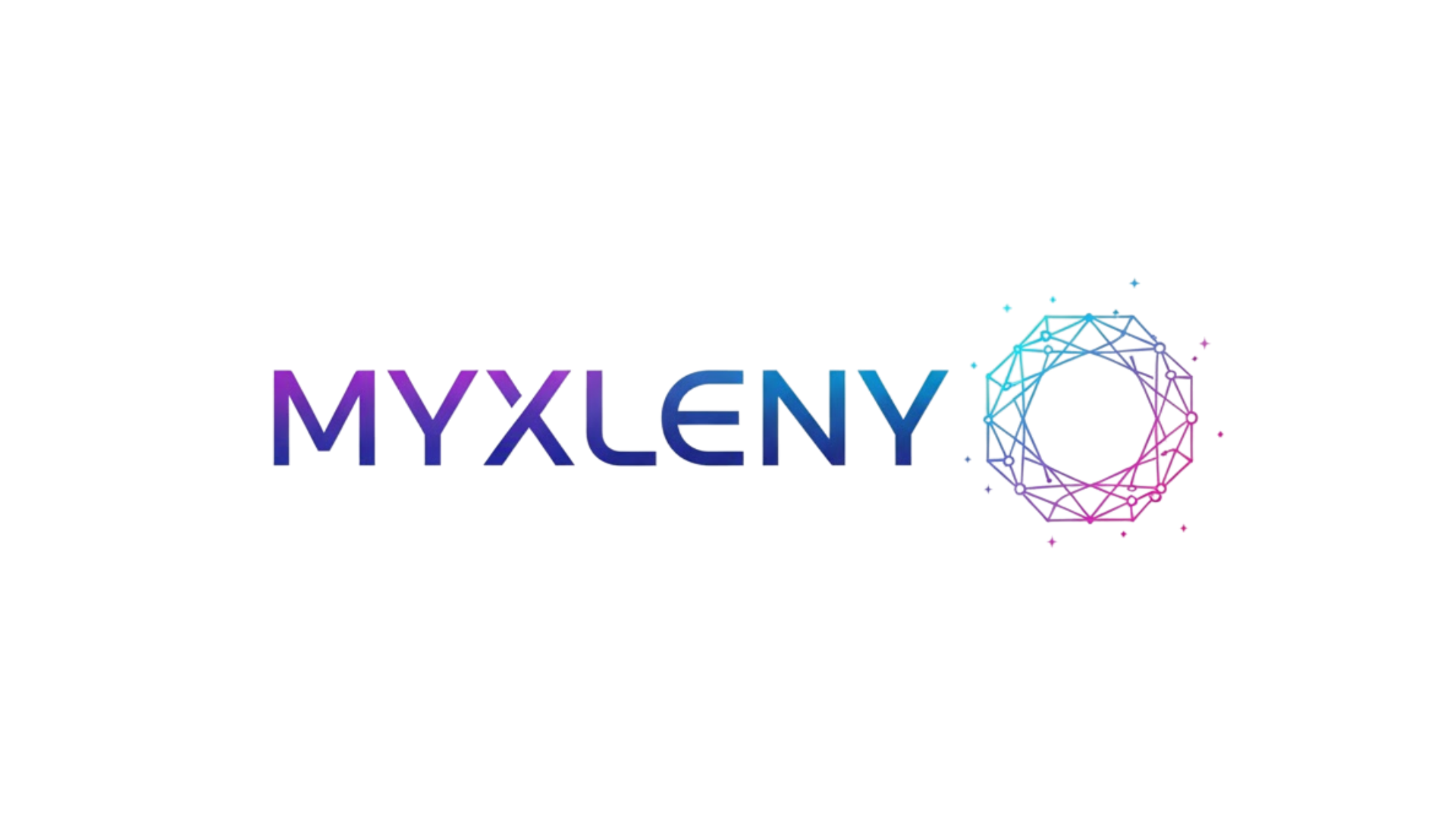In our increasingly interconnected world, the ability to adapt across cultures has become one of the most valuable skills anyone can develop, opening doors to meaningful connections and opportunities.
🌍 Why Cultural Adaptation Matters More Than Ever
The modern workplace, educational institutions, and even our neighborhoods have transformed into vibrant tapestries of diverse backgrounds, beliefs, and traditions. Cultural adaptation is no longer a luxury reserved for international diplomats or corporate executives stationed abroad—it’s an essential competency for everyone navigating today’s globalized society.
When we develop cultural adaptation skills, we’re not simply learning to tolerate differences; we’re actively embracing the richness that diversity brings to our personal and professional lives. This mindset shift allows us to build stronger relationships, avoid misunderstandings, and create environments where innovation thrives through the collision of different perspectives.
Research consistently shows that culturally adaptive individuals experience greater career success, deeper personal relationships, and enhanced problem-solving abilities. They’re better equipped to handle ambiguity, demonstrate empathy, and navigate complex social situations that increasingly define our interconnected world.
Understanding the Foundation of Cultural Intelligence
Before diving into specific adaptation strategies, it’s crucial to understand what cultural intelligence actually means. Unlike traditional intelligence quotient (IQ) or emotional intelligence (EQ), cultural intelligence—often abbreviated as CQ—refers to your capability to function effectively in culturally diverse situations.
Cultural intelligence comprises four distinct components that work together harmoniously. The cognitive dimension involves your knowledge about how cultures differ and how these differences manifest in behavior and communication styles. The metacognitive aspect relates to your awareness and ability to plan for cross-cultural interactions.
The motivational component reflects your interest and confidence in engaging with different cultures, while the behavioral dimension encompasses your ability to adapt your verbal and non-verbal actions appropriately. Strengthening all four pillars creates a solid foundation for successful cultural adaptation.
The Cognitive Framework: Building Your Cultural Knowledge Base
Developing cultural knowledge isn’t about memorizing facts and stereotypes about different countries or ethnic groups. Instead, it involves understanding the fundamental dimensions along which cultures vary—concepts like individualism versus collectivism, power distance, uncertainty avoidance, and time orientation.
For instance, in highly individualistic cultures like the United States or Australia, personal achievement and independence are celebrated. Contrast this with collectivist societies such as Japan or many Latin American countries, where group harmony and interdependence take precedence. Recognizing these underlying values helps you interpret behaviors more accurately.
Similarly, understanding power distance—the extent to which less powerful members of society accept unequal power distribution—explains why some cultures embrace hierarchical structures while others prefer flat organizational models. This knowledge prevents cultural missteps and enhances your ability to navigate diverse environments successfully.
🎯 Essential Skills for Cross-Cultural Success
Mastering cultural adaptation requires developing specific competencies that go beyond theoretical knowledge. These practical skills form the toolkit you’ll use daily when interacting across cultural boundaries, whether in business meetings, social gatherings, or virtual collaborations.
Active Listening Beyond Words
Effective cross-cultural communication starts with listening—truly listening—to what others are expressing both verbally and non-verbally. Different cultures have varying communication styles, with some favoring direct, explicit messages and others relying on context, subtlety, and indirect expression.
In high-context cultures like China, South Korea, or many Middle Eastern countries, much of the message is embedded in the context rather than stated explicitly. People from these backgrounds expect others to read between the lines, understanding implied meanings and unspoken expectations.
Conversely, low-context cultures such as Germany, Switzerland, or Scandinavian countries prefer clear, direct communication where messages are stated explicitly. Neither approach is superior; they’re simply different communication paradigms that require adjustment and awareness to navigate successfully.
Developing Empathy and Perspective-Taking
Empathy serves as the emotional bridge connecting people across cultural divides. It involves temporarily suspending your own cultural framework to genuinely understand another person’s experience from their perspective, not filtered through your own cultural lens.
This cognitive and emotional flexibility allows you to recognize that behaviors you might initially perceive as rude, inefficient, or illogical often make perfect sense within another cultural context. For example, arriving late to meetings might be considered disrespectful in punctuality-focused cultures but represents a different prioritization of relationship-building in other contexts.
Practicing perspective-taking strengthens your ability to anticipate how your words and actions might be interpreted differently across cultures, reducing misunderstandings and building trust more quickly in diverse environments.
Navigating Communication Styles Across Cultures
Communication represents one of the most visible areas where cultural differences manifest, and mastering various communication styles dramatically improves your cultural adaptation capabilities. Beyond direct versus indirect communication, cultures differ in their use of silence, interruption patterns, and emotional expressiveness.
Some cultures view silence as uncomfortable and fill conversational pauses quickly, while others consider silence valuable for reflection and respectful listening. Japanese communication, for instance, often incorporates meaningful pauses that demonstrate thoughtfulness rather than awkwardness.
Similarly, interrupt patterns vary significantly. In some Mediterranean or Latin American cultures, conversational overlap and enthusiastic interruptions signal engagement and interest. In contrast, Nordic or East Asian cultures typically maintain clear turn-taking with minimal overlap, viewing interruptions as disrespectful.
Mastering Non-Verbal Communication Codes
Research suggests that up to 93% of communication effectiveness comes from non-verbal cues, and these cues vary dramatically across cultures. Gestures that seem universal often carry completely different meanings in different cultural contexts, creating potential for significant misunderstandings.
Eye contact norms differ substantially worldwide. While Western cultures generally interpret direct eye contact as confidence and honesty, many Asian, African, and Latin American cultures view sustained eye contact—especially with authority figures—as disrespectful or confrontational.
Personal space preferences also vary considerably. Mediterranean, Latin American, and Middle Eastern cultures typically prefer closer physical proximity during conversations than Northern European or East Asian cultures, where greater distance feels more comfortable and appropriate.
💼 Cultural Adaptation in Professional Contexts
The workplace presents unique challenges for cultural adaptation, as professional success increasingly depends on collaborating effectively with colleagues, clients, and partners from diverse backgrounds. Understanding cultural differences in work styles, decision-making processes, and leadership expectations becomes essential.
Understanding Different Approaches to Time
Cultural orientations toward time significantly impact workplace dynamics. Monochronic cultures like the United States, Germany, and Switzerland view time linearly, emphasizing schedules, punctuality, and completing one task before starting another.
Polychronic cultures, including many Latin American, African, and Middle Eastern societies, take a more fluid approach to time, often handling multiple activities simultaneously and prioritizing relationships over rigid schedules. Neither approach is inherently better, but mismatched expectations can create friction.
Successful cultural adaptation means recognizing these different time orientations and finding common ground. When working across these cultural boundaries, establishing explicit expectations about deadlines, meeting times, and project milestones helps bridge the gap.
Adapting Your Leadership and Teamwork Style
Leadership expectations vary significantly across cultures. Some cultures prefer hierarchical structures with clear authority and decision-making concentrated at the top, while others embrace participatory leadership with consensus-building and distributed decision-making.
In high power-distance cultures, team members expect leaders to provide clear direction and make decisions autonomously. Asking for input might be interpreted as weakness or incompetence. In low power-distance cultures, leaders who fail to solicit team input may be viewed as autocratic or out of touch.
Culturally intelligent leaders adjust their style based on their team’s cultural composition, finding the sweet spot that respects cultural expectations while maintaining effective team performance.
🌟 Building Your Cultural Adaptation Roadmap
Developing strong cultural adaptation skills doesn’t happen overnight—it’s a continuous journey requiring intentional effort, reflection, and practice. Creating a personal development plan helps accelerate your progress and ensures systematic growth.
Cultivating Curiosity and Openness
The foundation of successful cultural adaptation is genuine curiosity about different ways of thinking, living, and being in the world. This curiosity must be accompanied by openness—a willingness to question your own assumptions and recognize that your cultural programming isn’t universal or necessarily superior.
Approach cultural differences with a learning mindset rather than a judgmental one. When you encounter behaviors or perspectives that seem strange or incorrect, pause and ask yourself what cultural values or historical contexts might make those approaches sensible for others.
This suspension of judgment doesn’t mean abandoning your values or accepting everything uncritically. Rather, it creates space for understanding before evaluation, allowing you to appreciate nuances and complexities rather than reacting from initial discomfort.
Seeking Diverse Experiences and Relationships
Cultural adaptation skills develop most effectively through direct experience and meaningful relationships with people from different backgrounds. Actively seek opportunities to engage authentically with diverse communities, whether through professional collaborations, community involvement, or personal friendships.
Travel, when possible, provides immersive cultural experiences that accelerate learning. However, meaningful cultural engagement doesn’t require international travel—most communities offer rich diversity within local contexts. The key is moving beyond superficial interactions to develop deeper understanding.
Consider joining multicultural organizations, attending cultural events, or volunteering with immigrant support services. These experiences build cultural knowledge while developing the empathy and perspective-taking skills essential for successful adaptation.
Overcoming Common Cultural Adaptation Challenges
Even with the best intentions and solid preparation, cultural adaptation presents inevitable challenges. Recognizing common obstacles helps you navigate them more effectively and maintain progress despite setbacks.
Managing Culture Shock and Adjustment Stress
Culture shock—the disorientation experienced when encountering unfamiliar cultural contexts—affects nearly everyone engaging deeply with different cultures. Symptoms include anxiety, frustration, homesickness, and sometimes physical manifestations like headaches or sleep disturbances.
Understanding that culture shock follows predictable stages helps normalize the experience. The initial honeymoon phase of excitement typically gives way to frustration as cultural differences create daily challenges. This difficult period eventually transitions to adjustment and, finally, adaptation as new cultural patterns become comfortable.
Managing culture shock requires patience with yourself, maintaining connections to your home culture while engaging with the new one, and seeking support from others who’ve navigated similar experiences. Remember that discomfort indicates growth, not failure.
Addressing Unconscious Bias and Stereotypes
Everyone carries unconscious biases shaped by their cultural upbringing, media exposure, and personal experiences. These automatic mental shortcuts can interfere with genuine cultural adaptation by causing us to interpret behaviors through distorted lenses or make inaccurate assumptions about individuals based on group membership.
Developing cultural adaptation skills requires actively examining and challenging these biases. Notice when you make assumptions about someone’s abilities, preferences, or characteristics based on their cultural background. Question whether individual behaviors truly represent cultural patterns or simply personal traits.
Cultivate the habit of treating each person as an individual while remaining aware of potential cultural influences. This balanced approach respects cultural context without reducing people to stereotypes.
🔧 Practical Tools and Techniques for Daily Application
Theoretical understanding gains value only through practical application. Incorporating specific techniques into your daily interactions helps translate cultural knowledge into adaptive behaviors that enhance your effectiveness across diverse contexts.
The Practice of Cultural Bridging
Cultural bridging involves actively facilitating understanding between people from different cultural backgrounds. This skill proves particularly valuable in multicultural teams or diverse organizations where misunderstandings can derail collaboration.
When you notice confusion or tension arising from cultural differences, step into the bridging role by helping each party understand the other’s perspective. Explain underlying cultural values or norms that might be driving behaviors, creating space for understanding rather than conflict.
For example, if team members from direct communication cultures interpret feedback from indirect communicators as vague or unhelpful, you might explain the cultural context that makes direct criticism feel harsh or face-threatening in some cultures. This bridging helps both sides adjust their communication styles productively.
Developing Adaptive Behavioral Repertoires
Behavioral flexibility—your ability to adjust your actions appropriately for different cultural contexts—represents the visible manifestation of cultural intelligence. This doesn’t mean abandoning your authentic self but rather expanding your behavioral range to communicate effectively across cultures.
Start by identifying situations where cultural differences most frequently create challenges in your life. Perhaps it’s giving or receiving feedback, managing time and deadlines, or navigating hierarchy and decision-making processes. For each situation, develop alternative behavioral approaches that align with different cultural expectations.
Practice these alternative behaviors in lower-stakes situations before applying them in high-pressure contexts. Over time, this expanded repertoire becomes natural, allowing you to code-switch fluidly based on cultural context.
Measuring Your Cultural Adaptation Progress
Like any skill development journey, tracking your progress in cultural adaptation helps maintain motivation and identify areas needing additional attention. Unlike technical skills with clear benchmarks, cultural competence requires more nuanced assessment approaches.
Reflect regularly on your cross-cultural interactions, noting moments of connection and instances where misunderstandings occurred. What patterns emerge? Which cultural dimensions or situations consistently challenge you? Where have you noticed improvement?
Seek feedback from trusted colleagues or friends from different cultural backgrounds. Their perspectives provide valuable insights into your blind spots and progress that you might not recognize yourself. Approach this feedback with openness and gratitude, recognizing it as a gift supporting your growth.
Consider keeping a cultural learning journal where you document new insights, challenging encounters, and successful adaptations. This reflective practice accelerates learning while creating a record of your development journey.
🚀 Transforming Challenges Into Opportunities
The path to cultural adaptation mastery isn’t always smooth, but challenges represent opportunities for growth rather than obstacles to avoid. Each awkward interaction, misunderstanding, or moment of confusion contains valuable lessons that deepen your cultural intelligence.
Embrace discomfort as an indicator that you’re stretching beyond familiar patterns and genuinely engaging with difference. The most significant cultural learning often occurs in moments of confusion or failure, when our assumptions prove inadequate and we must develop new understanding.
Cultivate resilience by maintaining perspective during difficult moments. Remember that everyone makes cultural mistakes, and most people appreciate sincere efforts to understand and adapt, even when those efforts aren’t perfect. Apologizing genuinely when you misstep, learning from the experience, and adjusting your approach demonstrate respect and commitment.
Creating Inclusive Environments Through Cultural Competence
The ultimate purpose of developing cultural adaptation skills extends beyond personal success to creating environments where everyone can thrive. When you model cultural intelligence, you inspire others to develop similar competencies while making spaces more welcoming for people from all backgrounds.
Use your growing cultural awareness to advocate for inclusive policies and practices in your workplace, community organizations, and social circles. Challenge assumptions that privilege one cultural approach while marginalizing others. Help design systems that accommodate diverse needs and preferences rather than expecting everyone to conform to a single cultural standard.
By actively working to create inclusive environments, you multiply the impact of your cultural adaptation skills, contributing to a more equitable and harmonious world where diversity is genuinely valued rather than merely tolerated.

The Lifelong Journey of Cultural Learning
Mastering cultural adaptation is not a destination you reach but an ongoing journey of growth, learning, and transformation. As our world continues evolving, new cultural encounters and challenges will arise, requiring continued development and flexibility.
Approach this journey with patience, humility, and sustained commitment. Celebrate your progress while acknowledging how much more there is to learn. Stay curious about the endless variety of human experience and expression across cultures.
The skills you develop through cultural adaptation enrich every aspect of your life, from professional achievements to personal relationships. They expand your worldview, enhance your creativity, and deepen your capacity for empathy and connection.
In our diverse world, cultural adaptation skills aren’t optional extras for a select few—they’re essential competencies for everyone seeking to thrive, contribute meaningfully, and help build a more connected and understanding global community. Your commitment to developing these skills creates ripples of positive change extending far beyond your individual interactions, contributing to a world where diversity is not just acknowledged but celebrated as a source of strength and innovation. 🌏
Toni Santos is a future-of-work researcher and social innovation writer exploring how technology, culture, and global mobility are redefining what it means to work and thrive in the 21st century. Through his studies on automation, digital nomadism, and workforce transformation, Toni examines the balance between progress, adaptability, and human purpose in a rapidly changing world. Passionate about remote collaboration systems and digital inclusion, Toni focuses on how emerging tools and global connectivity empower individuals to build meaningful, flexible, and resilient careers. His work highlights how automation and new work models can coexist with creativity, empathy, and social value. Blending sociology, economics, and digital strategy, Toni writes about the human side of innovation — helping readers understand not only where work is heading, but how to align with its transformation responsibly and purposefully. His work is a tribute to: The evolving relationship between automation and human employment The rise of global, location-independent lifestyles The power of resilience and adaptability in the modern workforce Whether you are a freelancer, remote leader, or curious observer of the new economy, Toni Santos invites you to explore the future of work — one idea, one connection, one transformation at a time.




